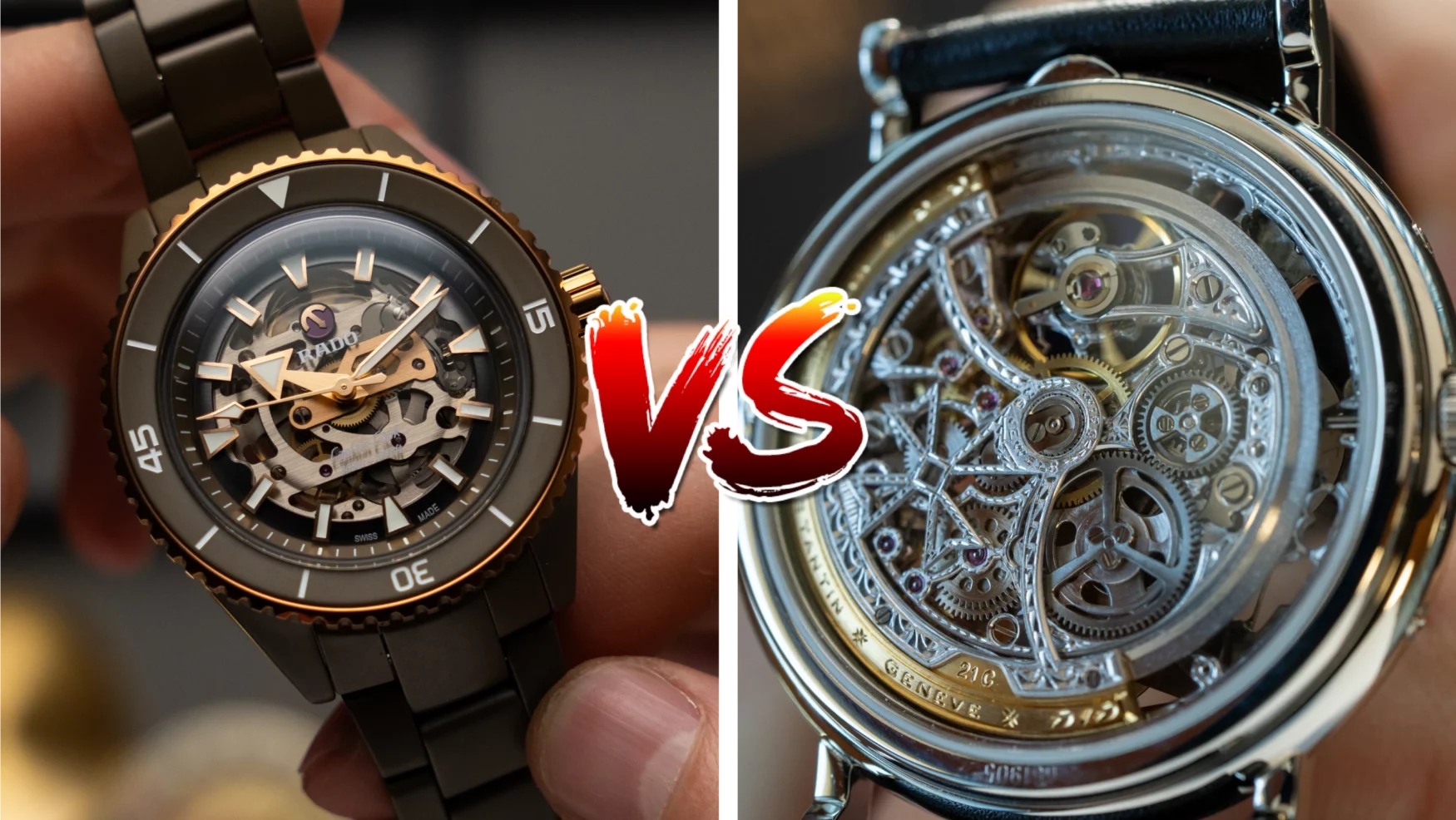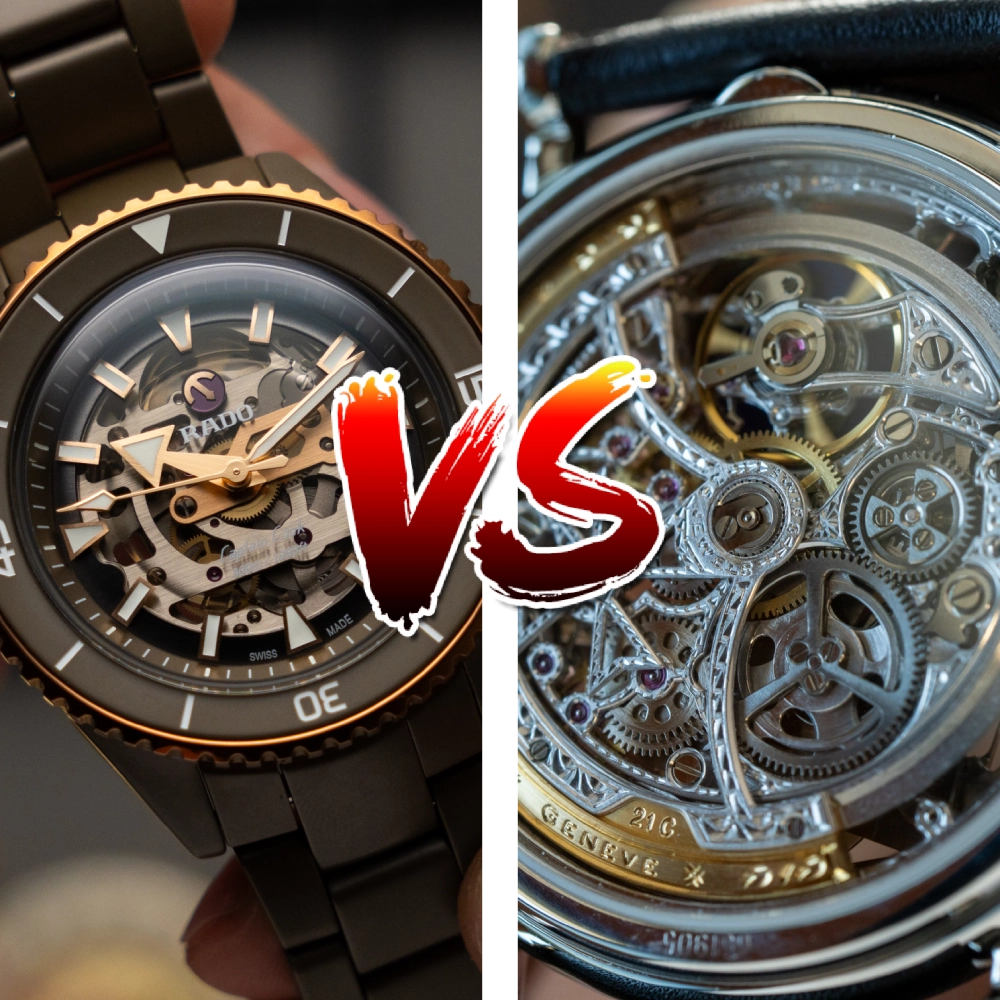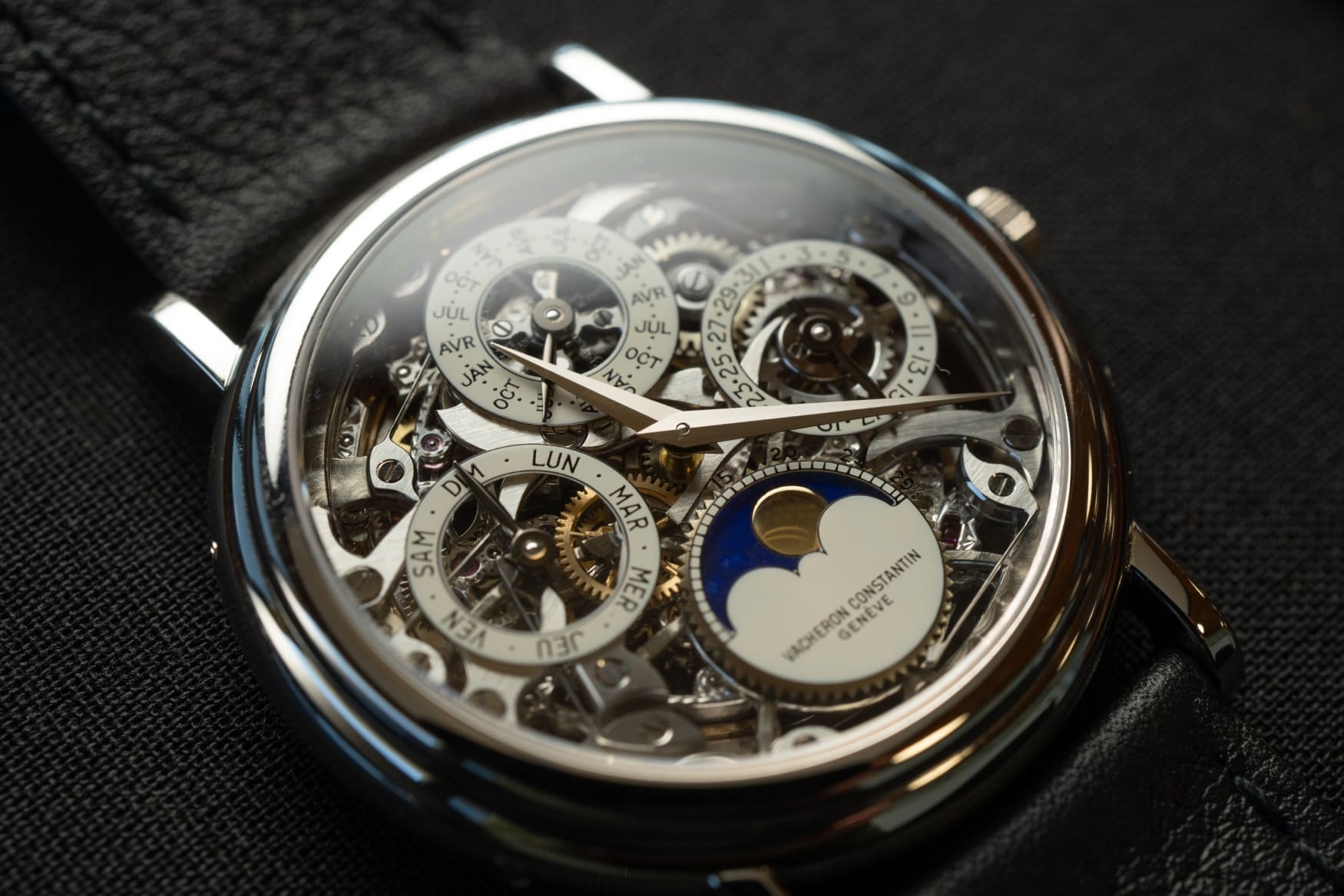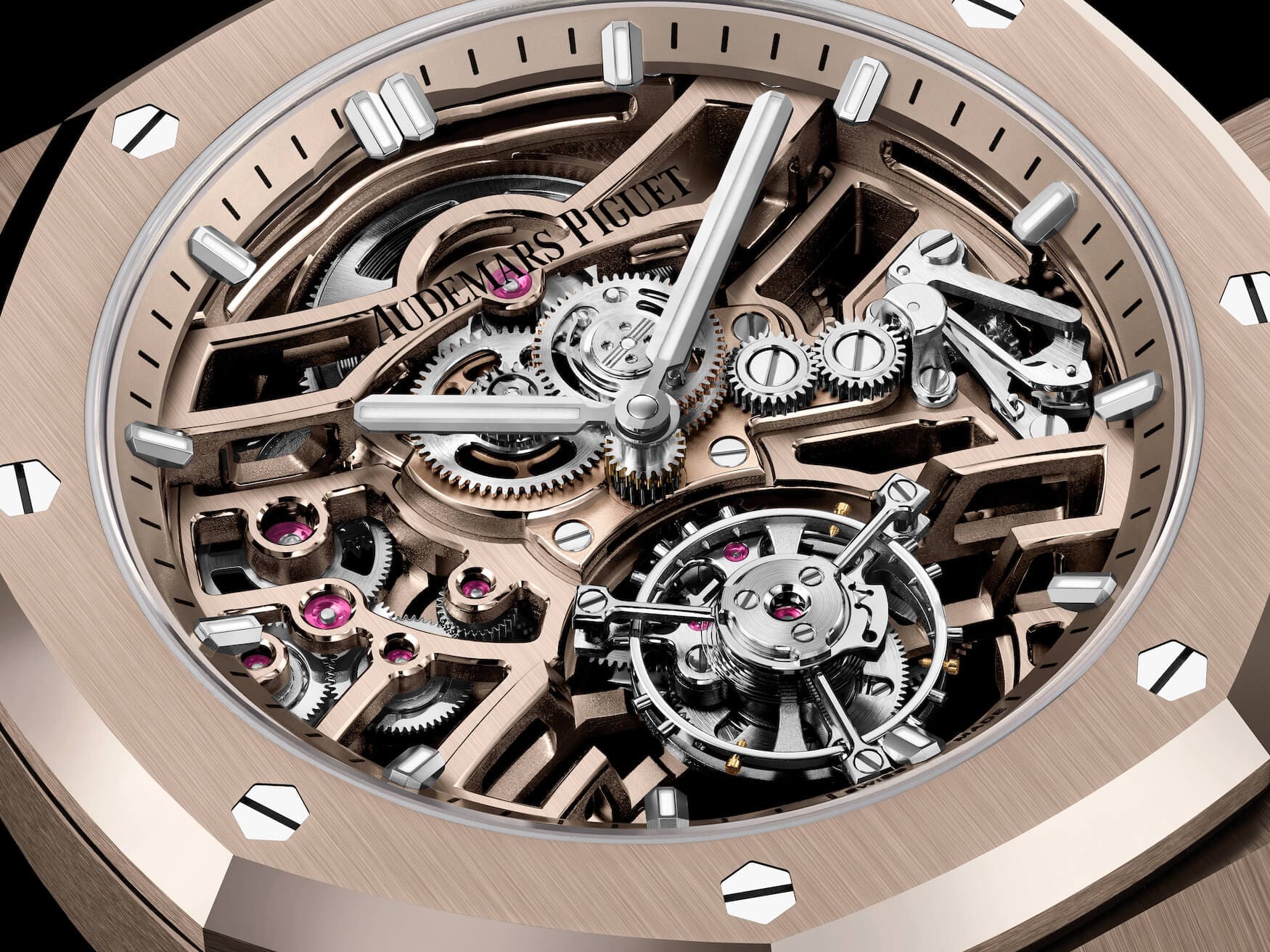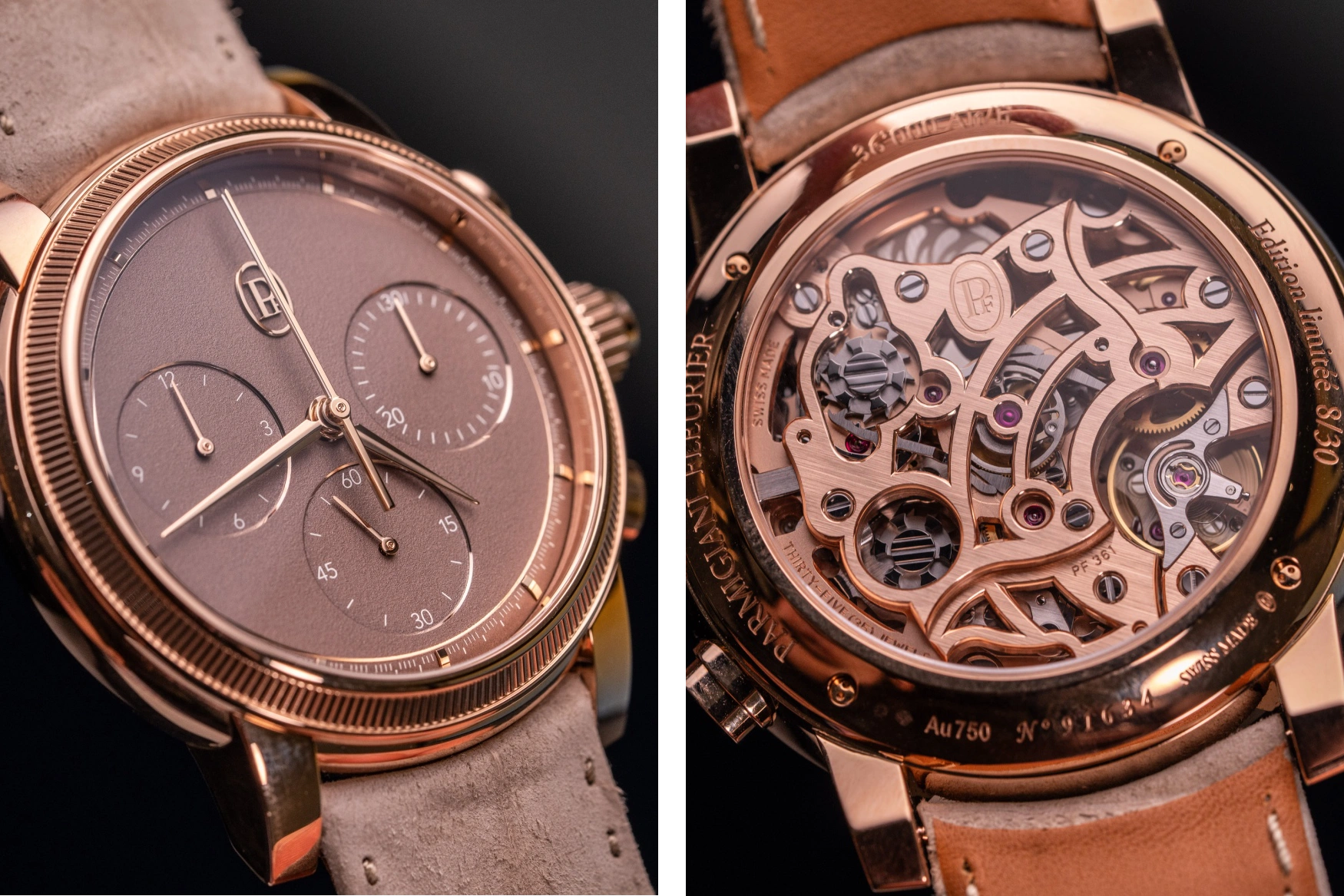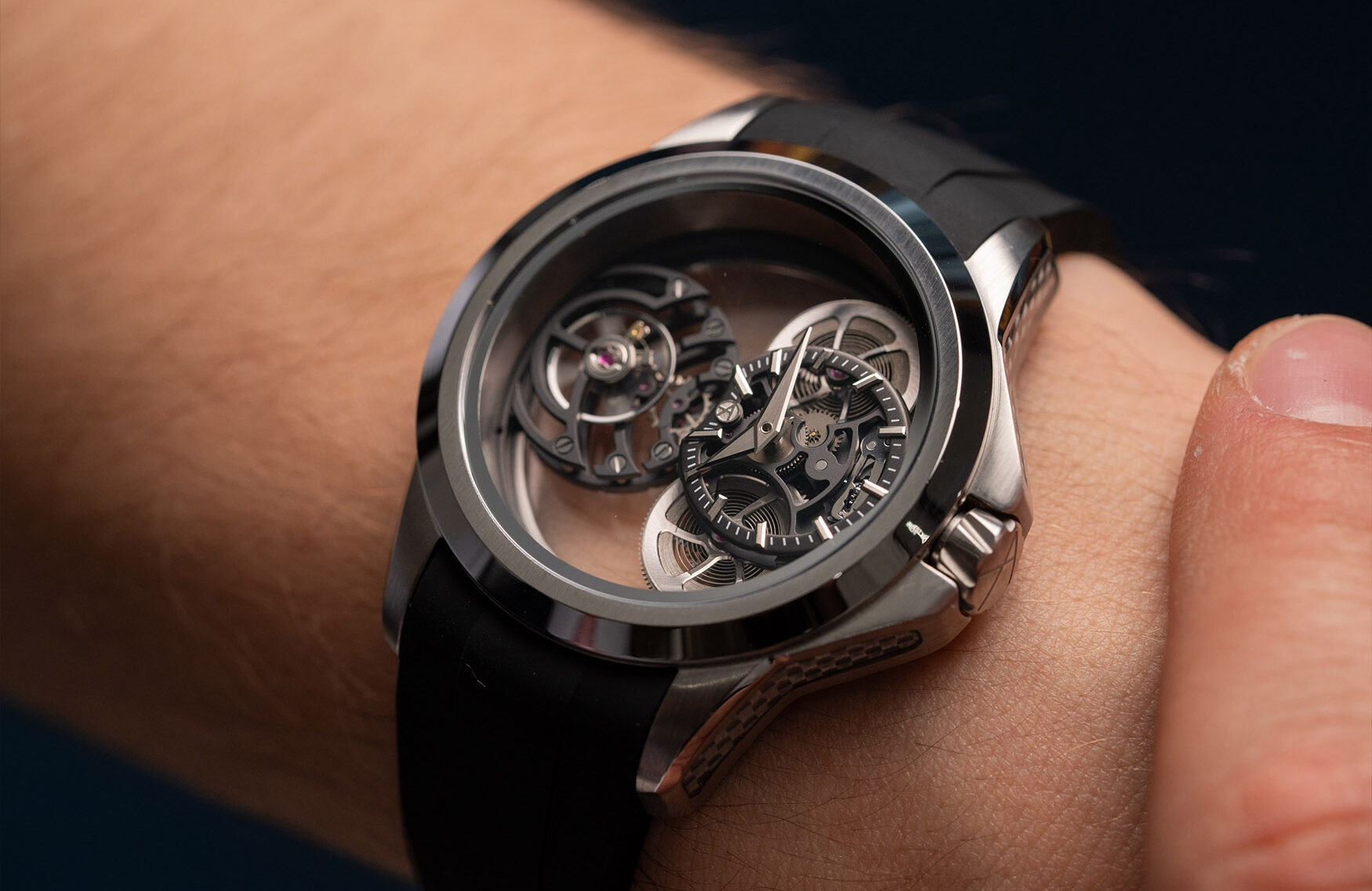What is a skeletonised watch, and why you’ve likely been using the term wrong
Borna BošnjakIf you’re at all like me, you were fascinated by the realisation that some watches are not, in fact, battery-powered, but rather an amalgam of tiny springs, cogs, and screws. The eight-year-old Borna was all the more intrigued by seeing the interplay of all of these components looking through the open caseback of an old pocket watch, but what if you wanted that view all the time? That’s where skeleton watches come in, with their see-through or even non-existent dials offering a view at the movement even when the watch is on your wrist.
If you’re at all like me, however, you also might take issue with that definition. Skeleton or skeletonised watches go back all the way to the 18th century, and like many other words, the term has adapted to mean whatever most people believe it to represent. Skeletonisation began in France at the hands of Breguet’s mentors, rose in popularity throughout the 20th century, and now applies to everything from AliExpress specials to haute horlogerie wonders.
Roots in hand-made craftsmanship
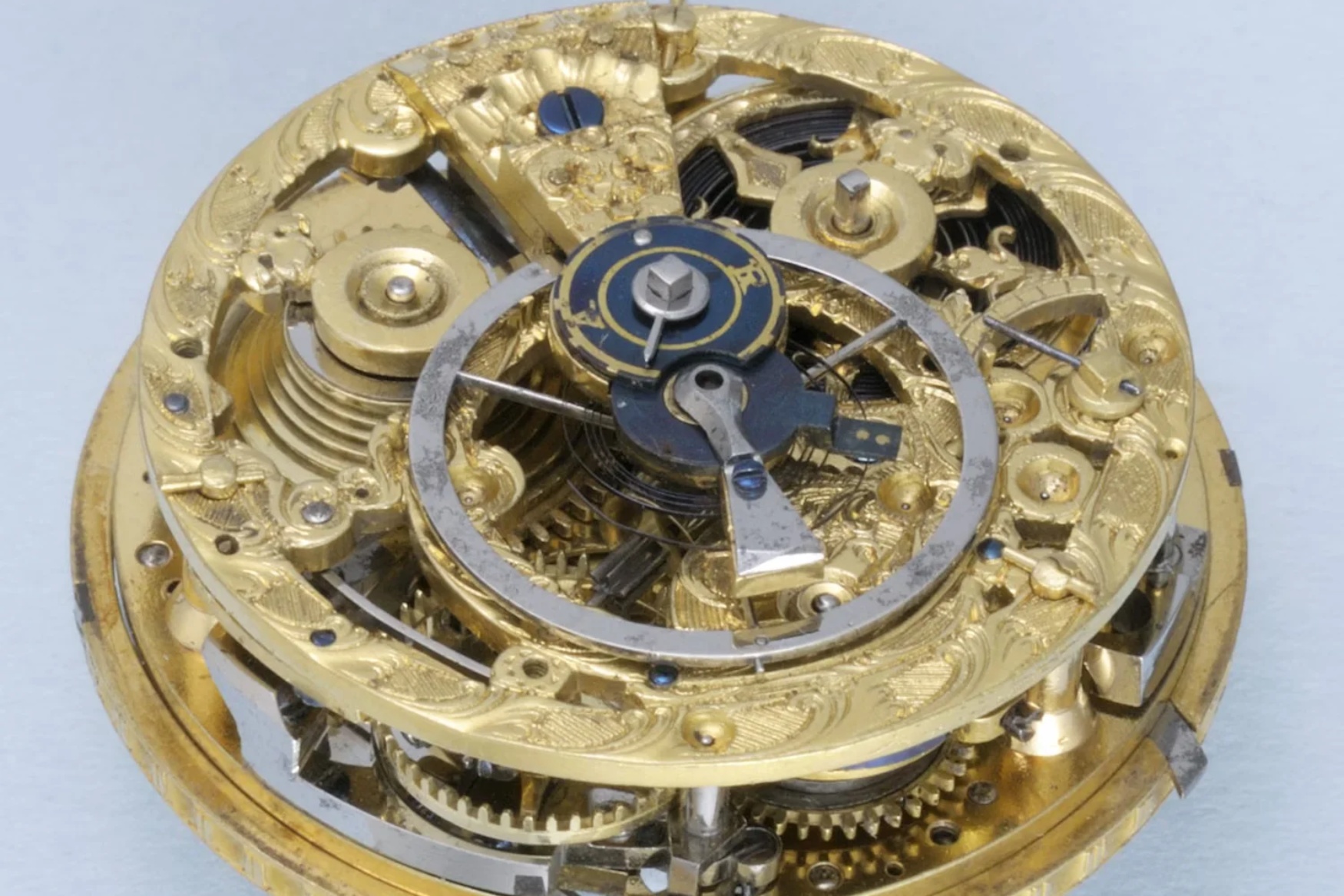
If you were a watchmaker in the 18th century, Paris was undoubtedly the place to be. One of the top dogs of watchmaking at the time was André-Charles Caron, his shop in Rue Saint-Denis producing works that granted him the title of watchmaker to the king (Louis XV at the time). In 1746, he took a young Jean-Antoine Lépine under his wing as apprentice, who would go on to succeed Caron as “horloger du roi” and is believed to be a big influence to Breguet, though it’s unconfirmed whether or not Breguet ever apprenticed under Lépine.
But the reason I mention André-Charles Caron is for an invention that’s often attributed to him, that of a skeletonised watch. While the bevelling, engraving, and polishing could hardly hold a candle to the best pieces of today, the fact that these horological paragons were able to achieve them with simple hand tools is impressive in itself. Not many of his pieces survived over the centuries, but the ideology lived on nonetheless through his students like Lépine, and his son André-Charles.
True skeletonisation and marketing speak
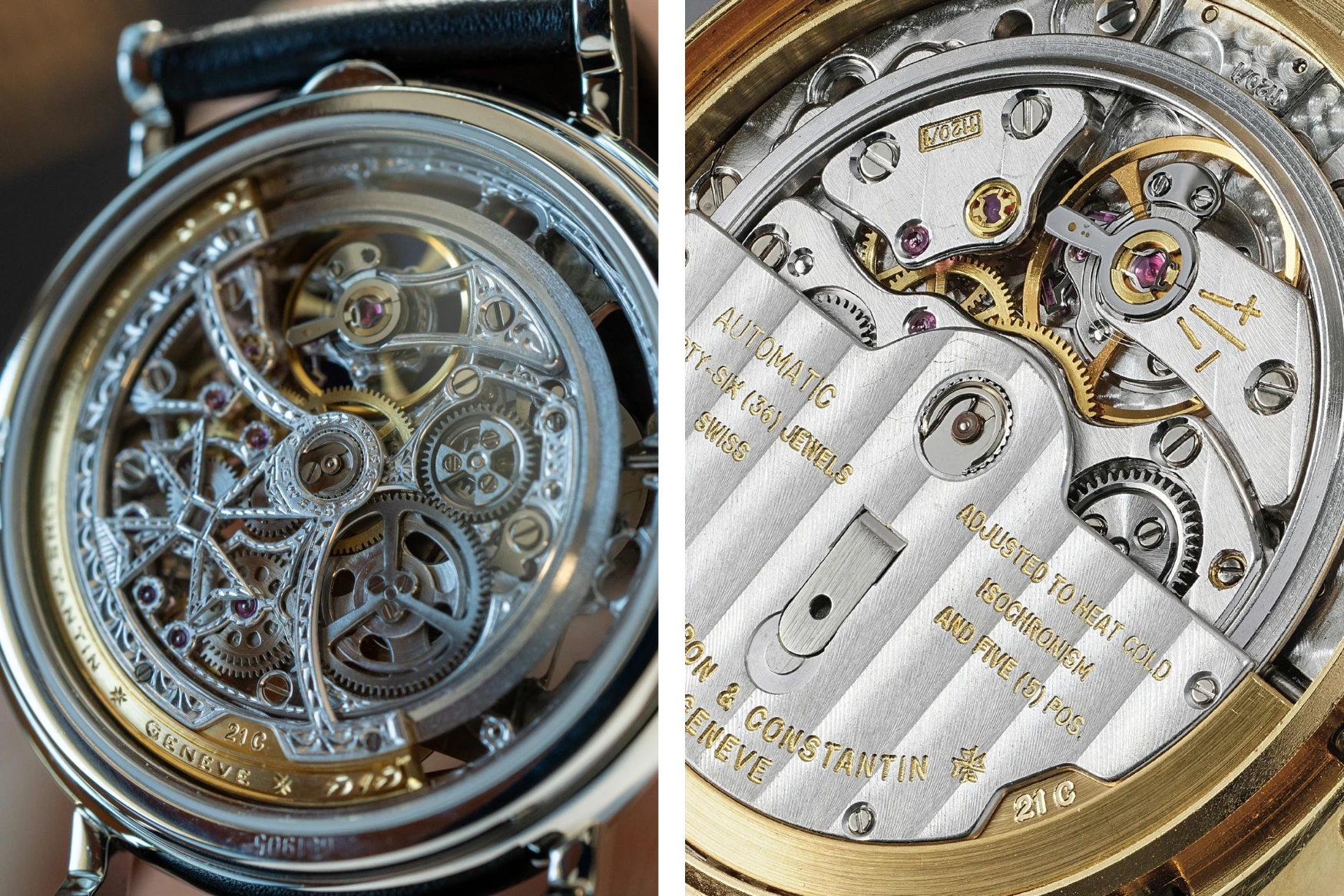
Rather than simply removing the dial, which in Caron’s days would show little more than an unfinished brass plate, the idea was to remove as much unnecessary metal from the movement as possible. That way, only the most essential parts of the bridges, wheels, and plates are left, or the movement’s skeleton, if you will. The best way to explain this is to show it, in the medium of Vacheron Constantin 1120 QP calibres. In fact, this is just about the best example of the extremes traditional, true skeletonisation can be taken to, with no surface left unscathed by the some of the finest hand-finishing applied to a watch.
The ref. 43032 is also a great show of engraving, a finishing technique commonly paired with skeletonisation. Now, I doubt that anyone would look at this watch and think that it’s not well-finished enough, but what is fine watchmaking other than a constant practice of elaborate one-upmanship?
Audemars Piguet was a heavy investor in skeletonisation since the 1970s, even setting up an entire department dedicated to the craft. These days, the brand’s Openworked name has become more widely adopted, and is often used interchangeably with “skeletonisation”. The brand’s latest releases, like the lengthily named Royal Oak Selfwinding Flying Tourbillon Openworked in Sand Gold skips the swooping bridges and flourishes of the Vacheron for a more angular take on the decoration, the method nonetheless impressive.
Skeletonisation isn’t always directly obvious by just looking at the dial. Just like some tourbillons, certain watchmakers choose to hide their craftsmanship behind a solid dial, so their work will only be visible once you flip it over, like on this Parmigiani Fleurier Toric Rattrapante.
While dials (or the lack thereof) aren’t a necessity when it comes to skeletonisation, one should be careful with watches that simply have “airy” movements. The construction of Artya’s Stairway to Heaven, for example, is as floaty as can be in a mechanical movement, but that’s because the movement was designed to look like this, rather than it being a carved-out variant of another calibre.
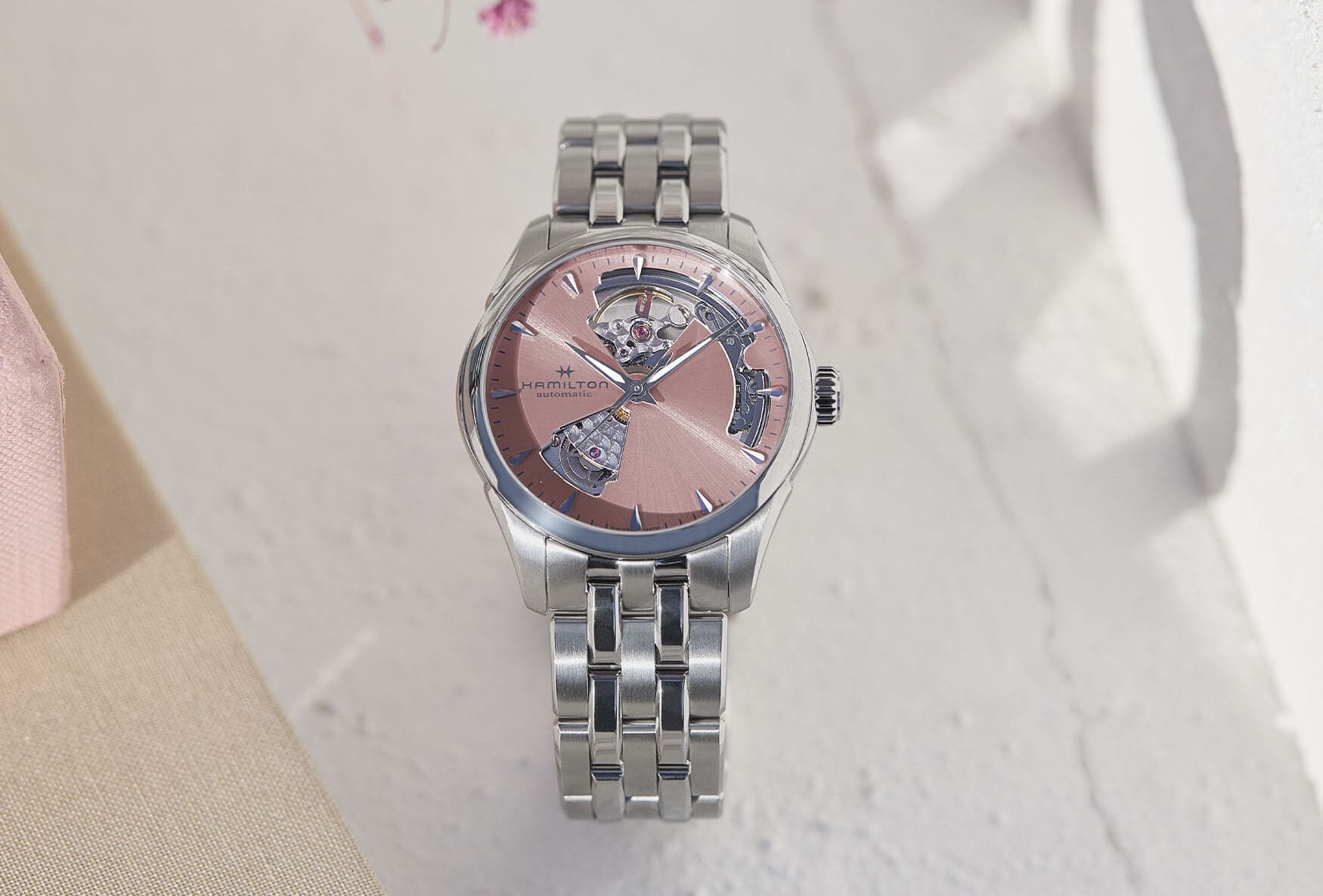
A brief note when it comes to open heart watches, the name used for pieces where only the balance wheel (or little more of the movement) is visible on the dial through an aperture. These are a popular choice especially with those just getting into watches, as they give the wearer just a small indication that they’re wearing a mechanical watch, but I would not call them skeletonised, openworked, nor any variation of this nomenclature.
So, what’s the right word?
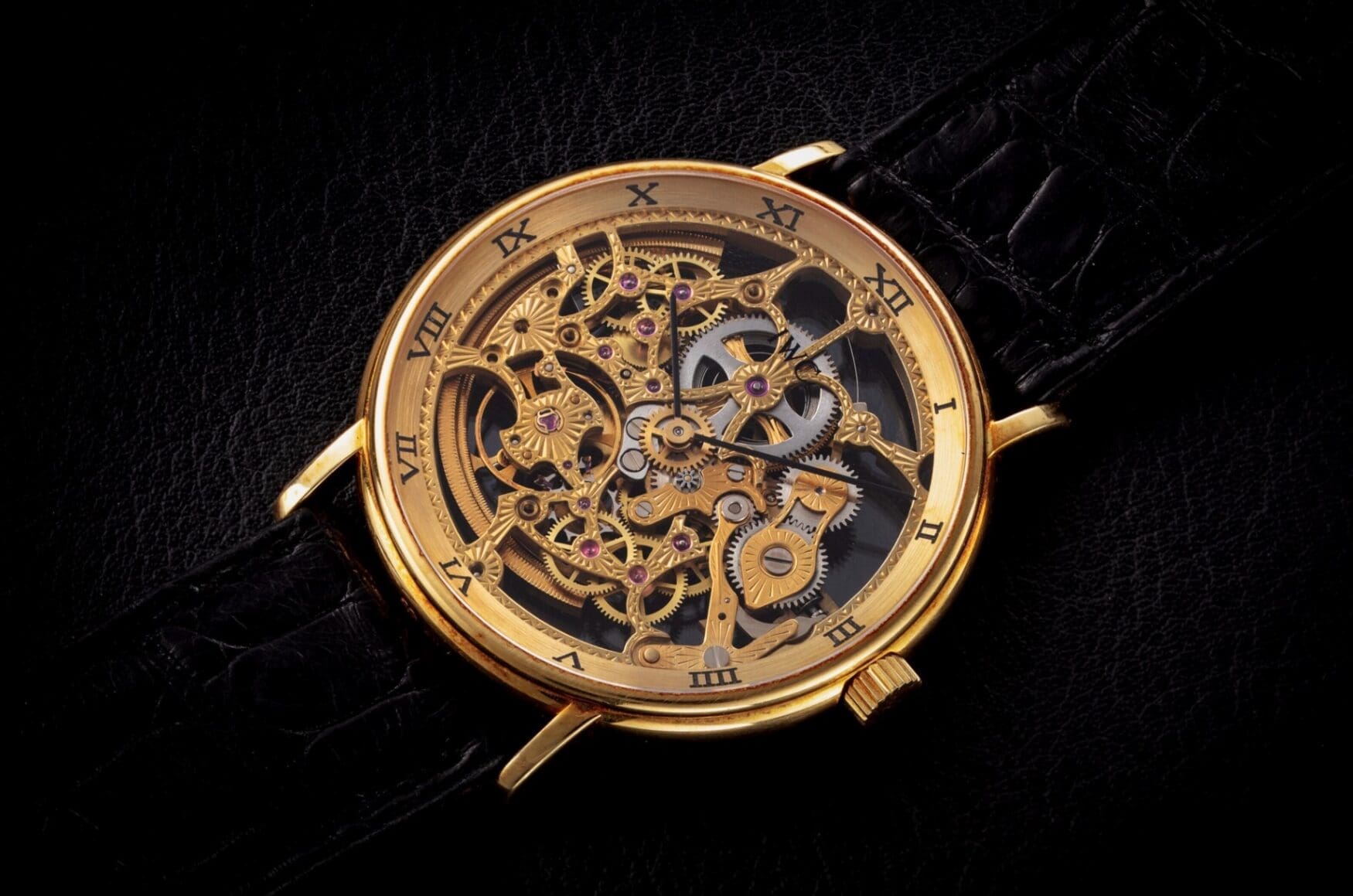
These days, any watch without a dial is referred to as skeletonised, whether it reveals a wonderful piece of art or an undecorated rear of a baseplate on a basic movement. But, that’s perhaps easier for the general watch public. Just trying to describe the Artya Stairway to Heaven without using the word “skeletonised” is clumsy, and “airy” or “floaty” just don’t do it, especially if we consider watches with transparent or non-existent dials without a specially designed movement beneath them.
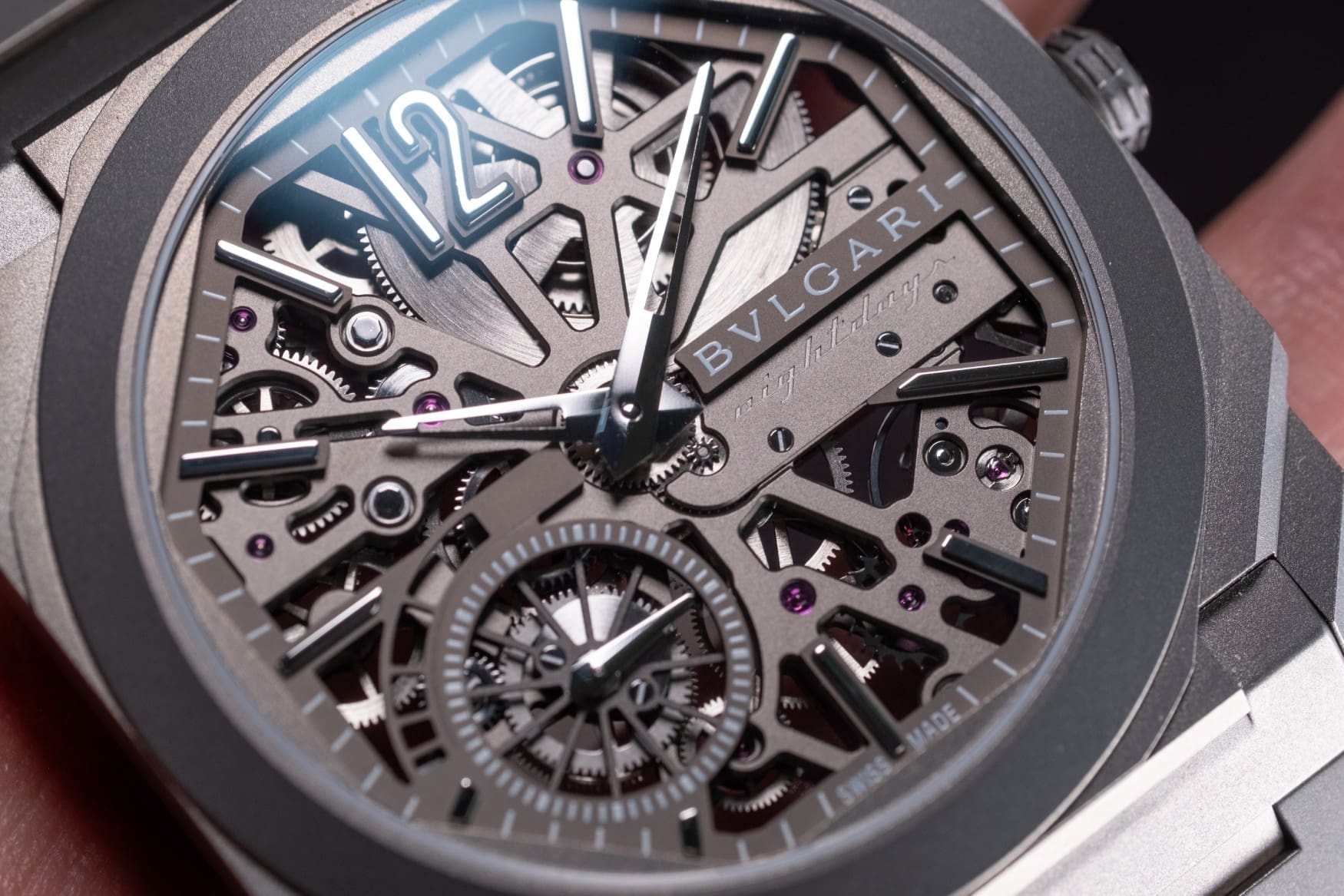
So to summarise, perhaps it’s best we made a distinction between “skeletonisation” or “openworking”, and a “skeleton” watch or dial. The former would refer to the actual practice of an artisan painstakingly working away at a movement with a loupe and tiny file, while the latter can encompass everything from specifically designed movements to simply watches lacking a dial. Is that still confusing? Perhaps – but at least you have this guide.




